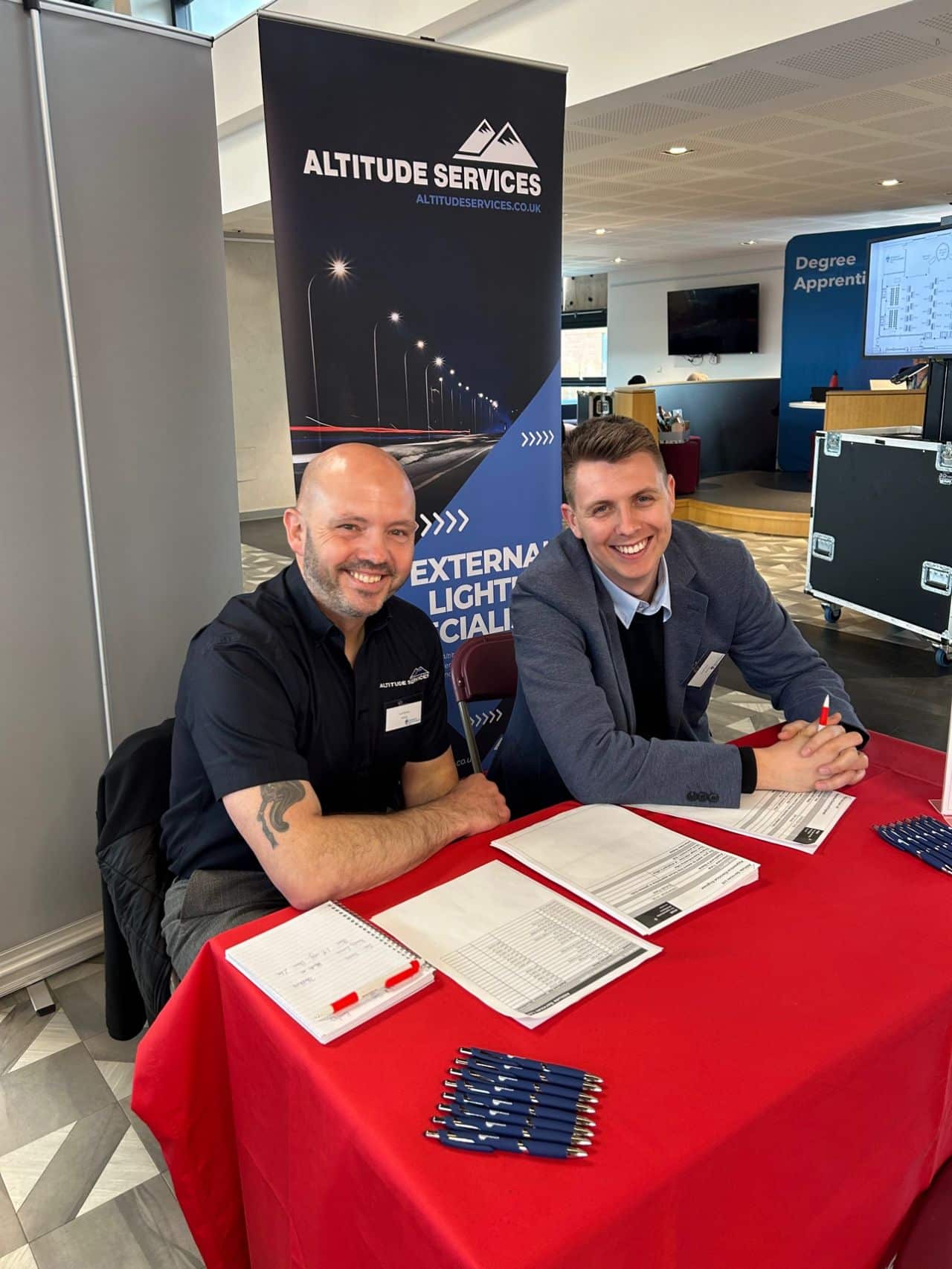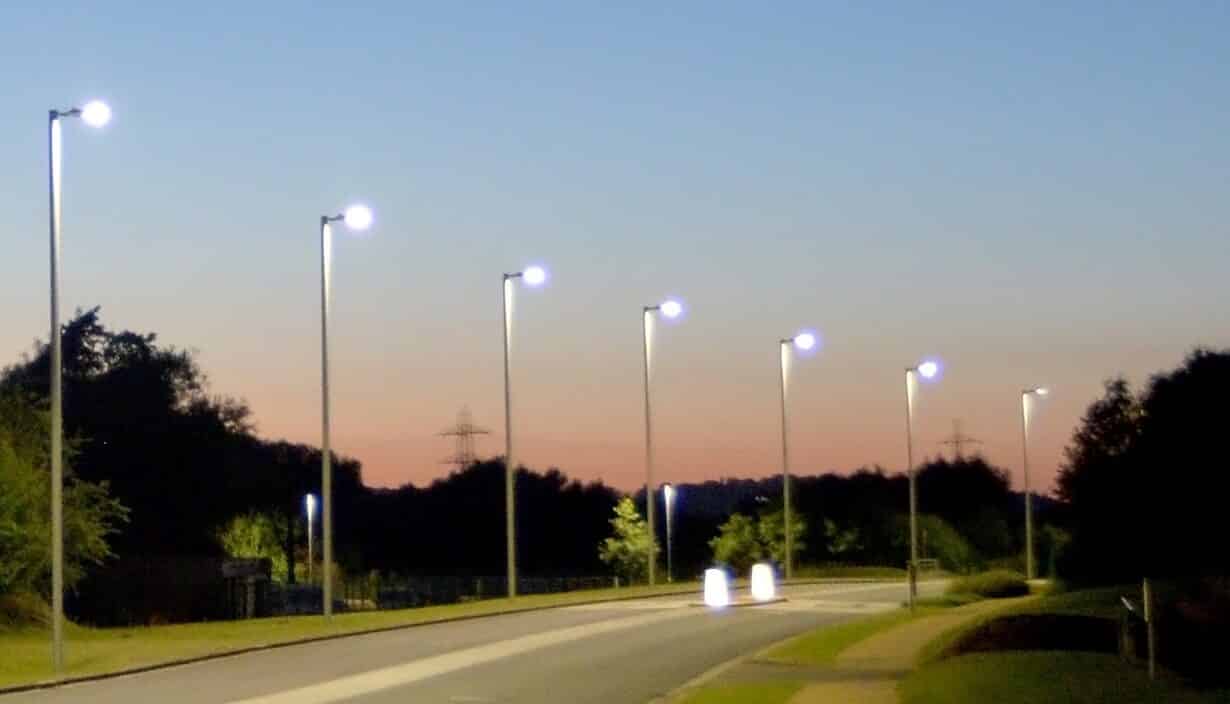Safe Car Park Lighting
Car parks are an essential part of our infrastructure, whether they are used by commuters, by employees or for everyday shopping and leisure purposes. As such, car parks need to be as safe as possible for the people who use them.
There is a legal obligation to maintain car park safety and ensure car parks are suitable for the people and vehicles using them.
HSE recommends implementing a monitoring process for car parks, including regular physical inspections. The Institute of Civil Engineers advocates that for more complex car parks, there is a proper, comprehensive care-plan, which includes regular inspection, maintenance and repair.
There are issues to do with general car park maintenance, including keeping surfaces free from pot holes, debris and any substances which might affect a vehicles grip. Safety and directional signs are also essential in helping drivers and pedestrians navigate around car parks safely.
However, another critical factor in car park safety is lighting.
Lighting in Car Parks
Any car park that is used during a period of darkness must be lit. Even in daylight, car parks may have dark areas and cast strong shadows; and underground car parks will need a continuous source of light. A car park’s lighting system should work to eliminate dark places, which can pose a threat to both vehicle and personal security.
Consequently, car park lighting should be consistent, offering the same level and quality of illumination throughout the space.
There are certain lighting basics for car parks:
- Avoid over-lighting the designated space as this will create dark shadows
- Ensure you properly mount lighting so it is out of reach of anyone looking to tamper with it
- Patrol the car park regularly to make sure your lighting is always working
- Replace any failed or defective bulbs swiftly.
Making Your Car Park Lighting Effective
Different car parks have different lighting requirements. Where there is light traffic, 100 spaces maximum, then overall uniformity of light can be a lower average of SI derived units of illuminance.
For medium traffic, anything between 100 and 500 spaces, then overall uniformity needs to be greater.
When it comes to heavy traffic, such as major shopping centre car parks, or short-stay airport parking, for example, then the overall uniformity of average light should be higher still.
Should you vary your lighting levels?
Intelligent lighting controls and LEDs can trigger changes in lighting levels to meet safety requirements while avoiding over-lighting the car park. This can then reduce energy consumption while ensuring safety for pedestrians and vehicles.
Consider the kind of light you use. White light creates the best atmosphere for parking vehicles. It helps to clearly define the car park, and enhance CCTV views. For pedestrians’ visibility, and vision, neutral white light is ideal.
Controlling Car Park Lighting
It is important to control glare in car parks, with the aim that there should be none at all from car park’s lighting system.
This control comes from controlling the distribution and concentration of light, and using accessories such as optics and glazing.
For larger car parks, higher-powered light sources can be mounted at a greater height, keeping the lighting economical, and limiting how obtrusive it is.
There should also be consideration for neighbouring buildings and areas, especially if the car park is in a residential area. The lighting should be concentrated on the main car park area, with as little spillage as possible onto back gardens or windows.
In addition to lighting, covered or multi-storey car parks can also benefit from overhead guidance indicators, which also use LED lighting.
Why Choose Altitude Services?
We have over 30 years’ experience in the design, implementation and maintenance of specialist and outdoor lighting systems. We know car park safety is a priority, and with the right lighting system, we can protect drivers and pedestrians and help them feel secure using your facilities.
Please contact us to find out how we can help you.


